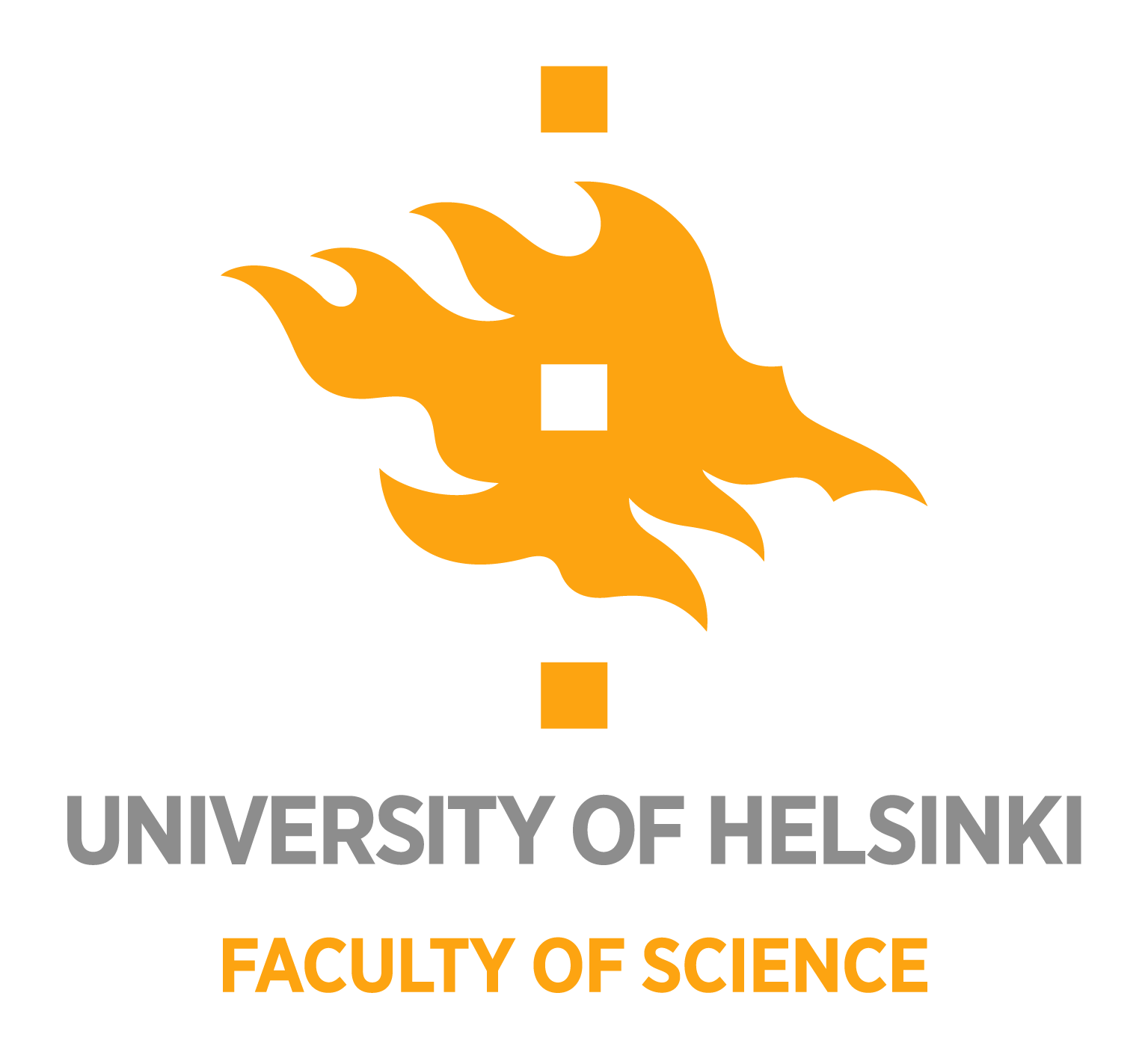
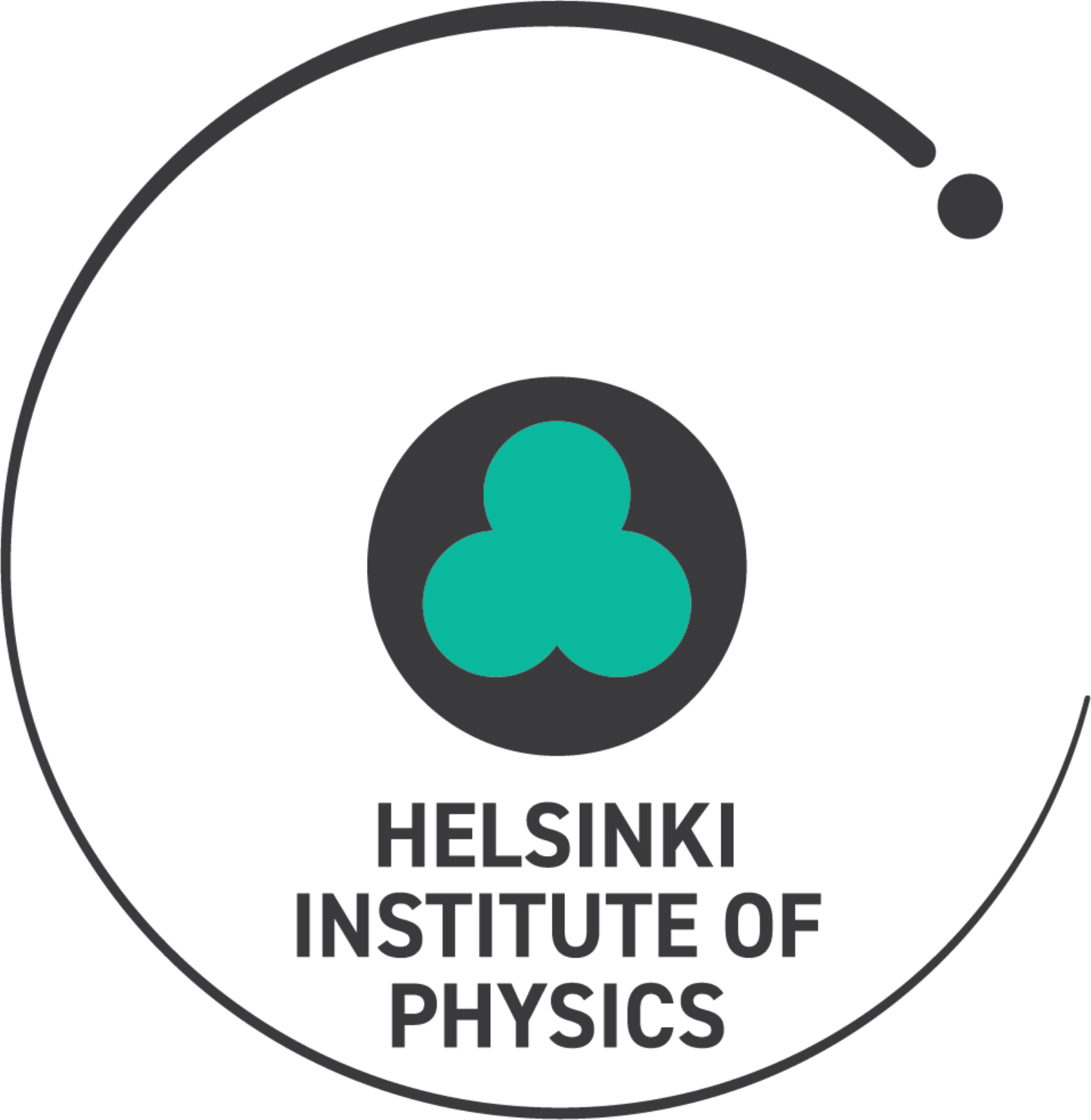
Gravitational wave cosmology
David
J. Weir [they/he]
david.weir@helsinki.fi -
davidjamesweir
Wave physics and imaging applications workshop, 2022
This talk: saoghal.net/slides/waves
Hello
- Academy Research fellow and Associate Professor (tenure track) in gravitational wave cosmology
- From Scotland, Finnish citizen since 2019
- Our Computational Field Theory group has approximately 3 faculty, 2 postdocs, 5 graduate students and 5 research assistants
- Member of the LISA gravitational wave mission consortium; holds Finland's seat on Executive Board
History of gravitational waves
- 1915: General relativity
- 1916: Prediction of gravitational waves
- 1936: 'Proof' they don't exist (wrong!)
- 1957: Persuasive "Sticky bead argument"
- 1960s: Searches start
- 1975: Inferred from Hulse-Taylor pulsar
(1993 Nobel Prize) - 2015: Directly detected by LIGO
(2017 Nobel Prize)
What is a gravitational wave?
- Stretches and squeezes a ring of matter
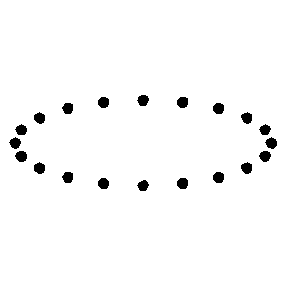 $\Leftrightarrow$
$\Leftrightarrow$
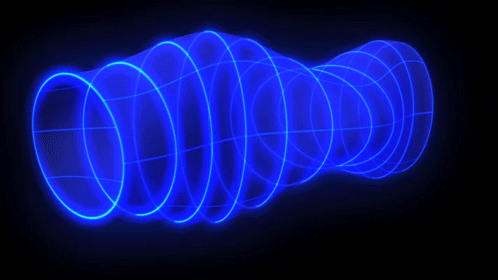
Sources: Wikimedia; ESA
Two polarisations
- just like light
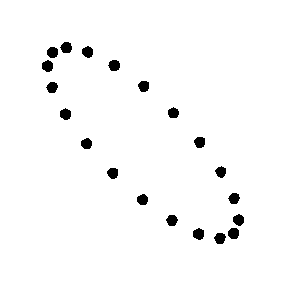

First evidence: Hulse-Taylor pulsar
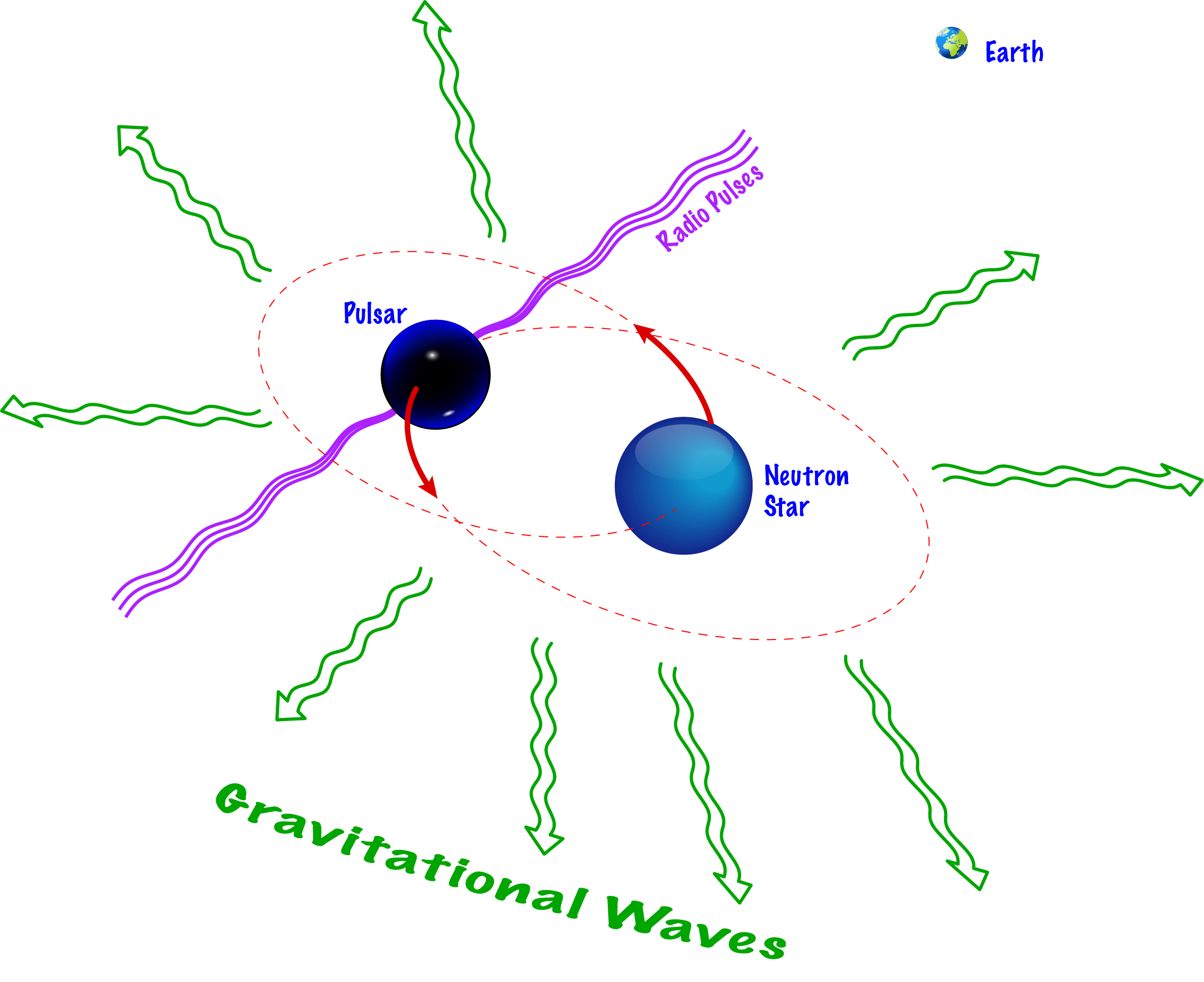
Source: Shane L. Larson
Hulse-Taylor pulsar
- Two neutron stars, of which at least one pulsar
- Orbital diameter: 3 light seconds
- Orbital period: 7.75 hours
- Orbit slowly contracting (3.5 metres per year)
- Energy must be going somewhere...
gravitational waves - Gravitational wave power output: $7\times 10^{24} \, \mathrm{W}$
(about 2% of the Sun's EM radiation).
Orbital decay of Hulse-Taylor pulsar
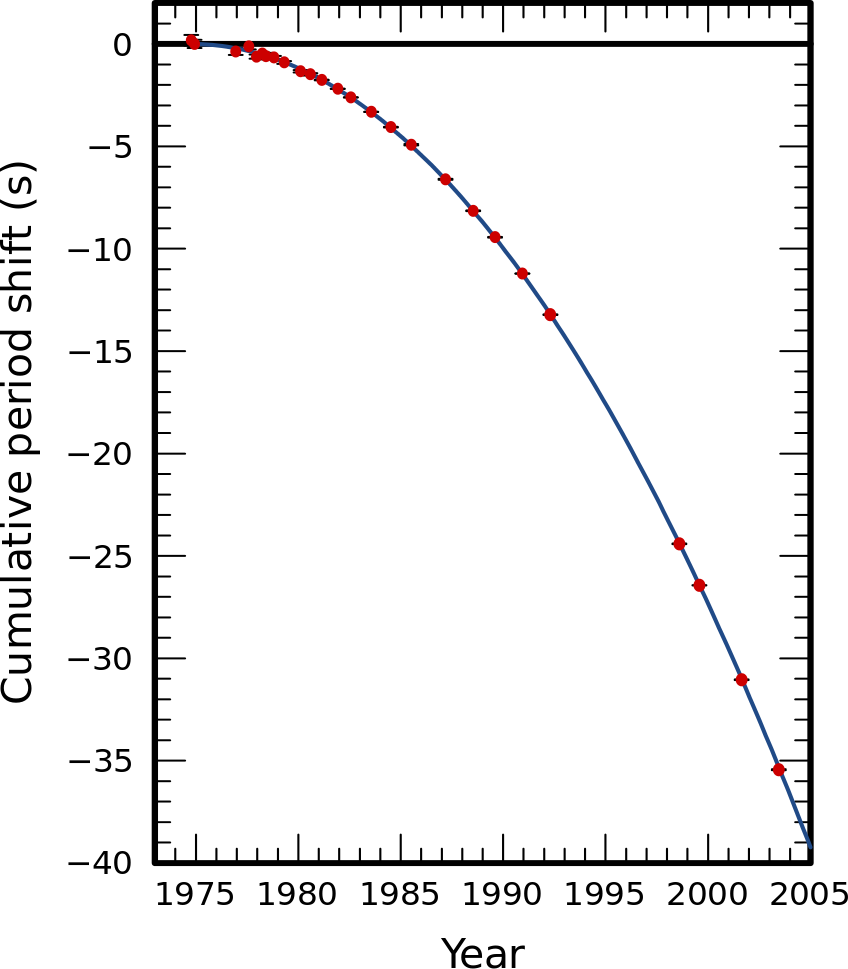
Solid line - GR prediction; red dots - measurements
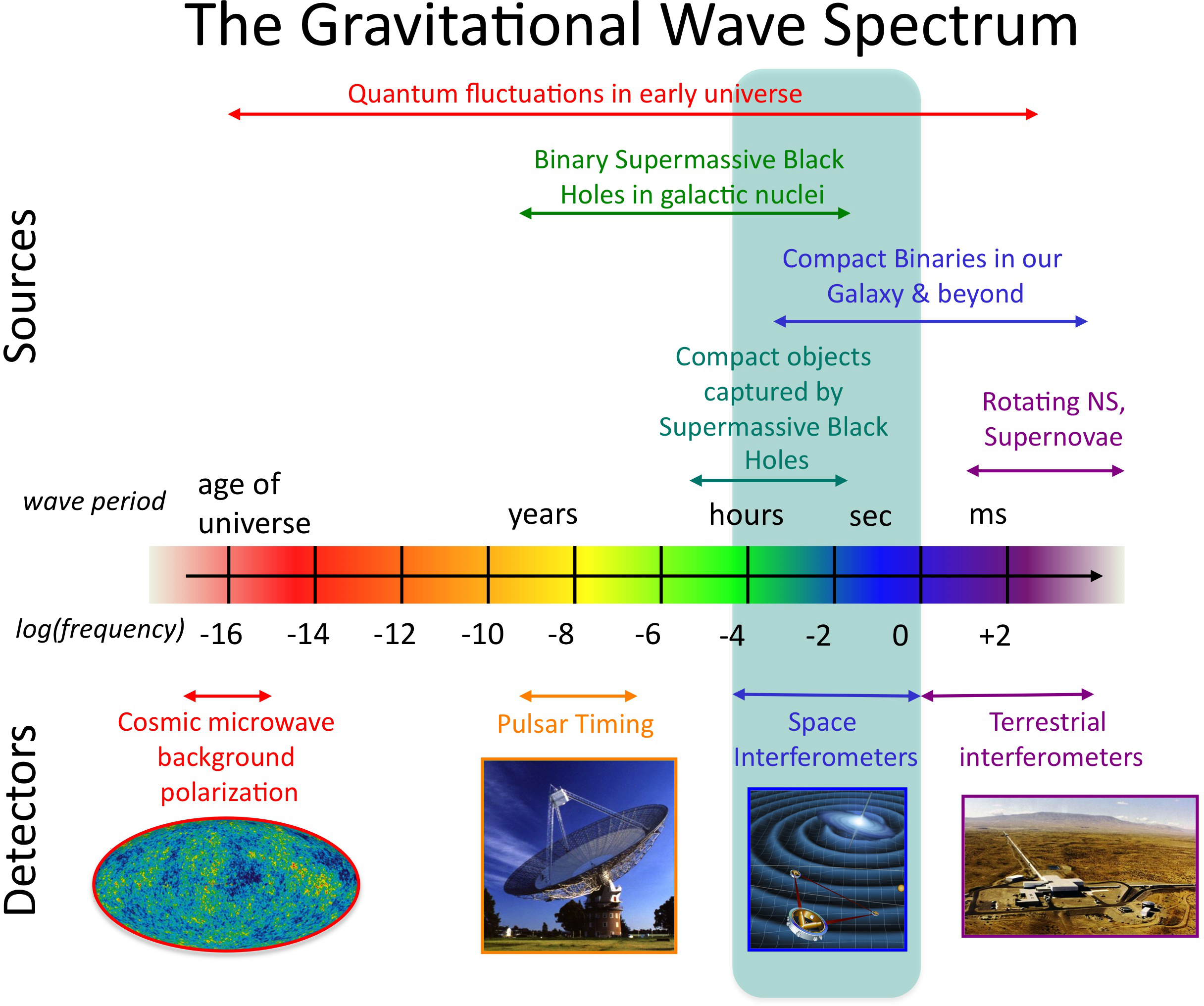
Source: NASA
Direct detection of GWs
Measure time-dependent strain with an interferometer:

LIGO at the Hanford Site
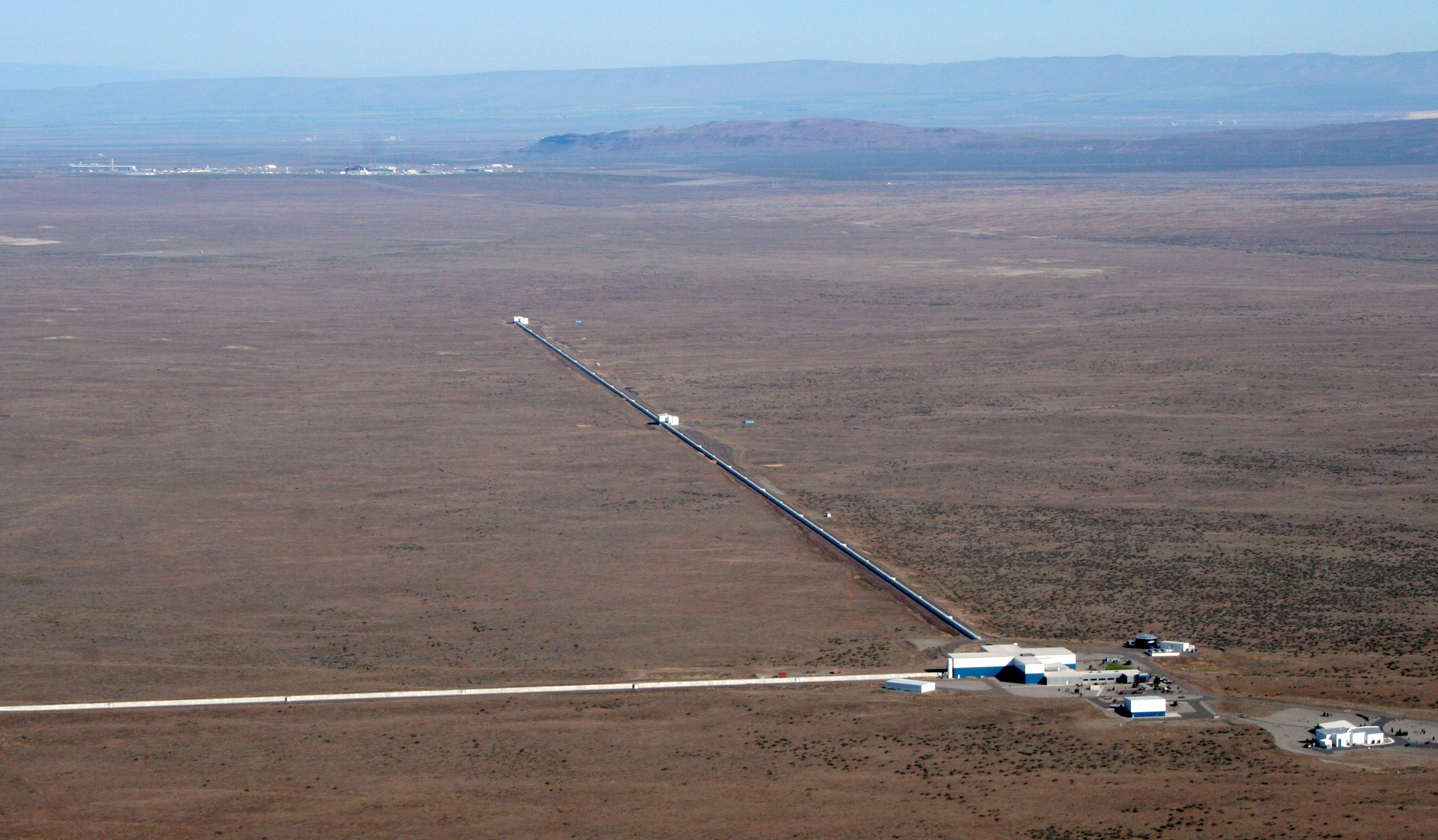
Source:
(CC-BY-NC-ND) Prachatai
LIGO design
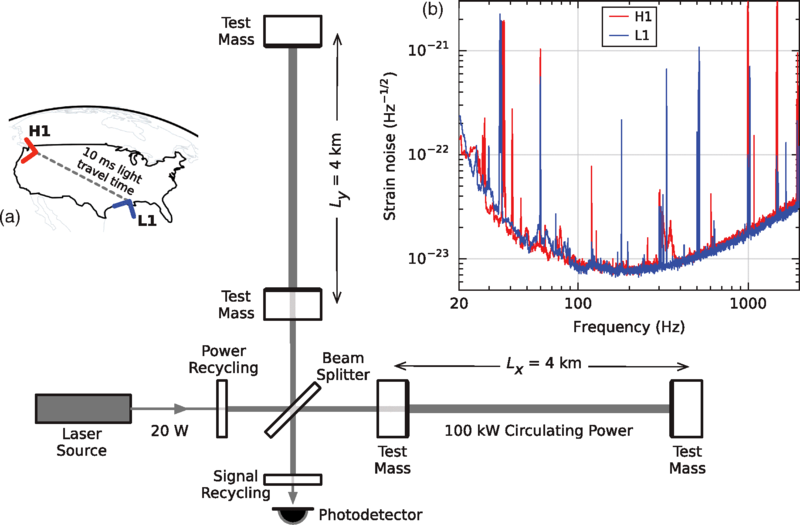
Source:
(CC-BY) Phys. Rev. Lett. 116,
061102
Two black holes merging

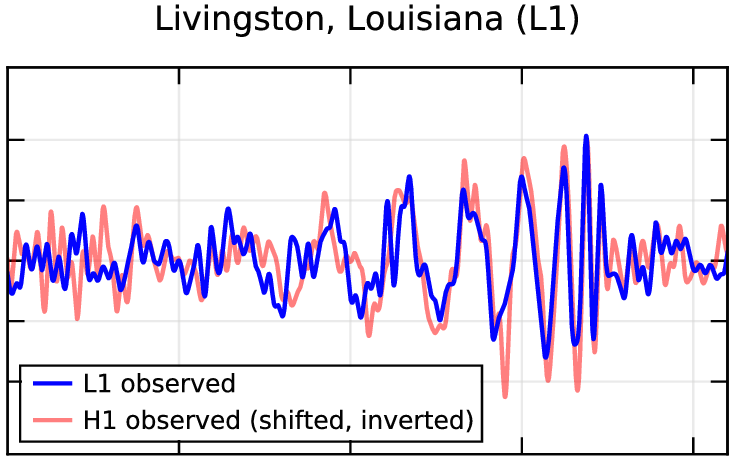
Two neutron stars merging
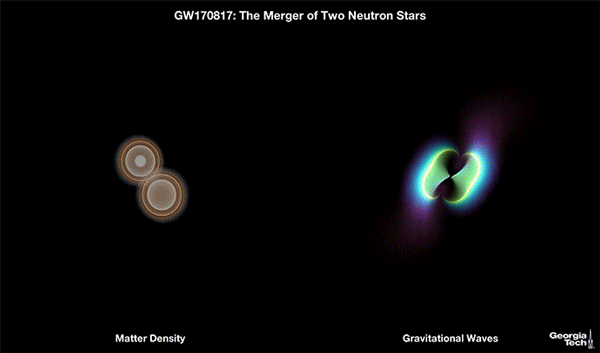
Light and gravitational waves from neutron stars
Source:
(CC-BY) ApJ 848 L12 (2017)
(CC-BY) ApJ 848 L12 (2017)
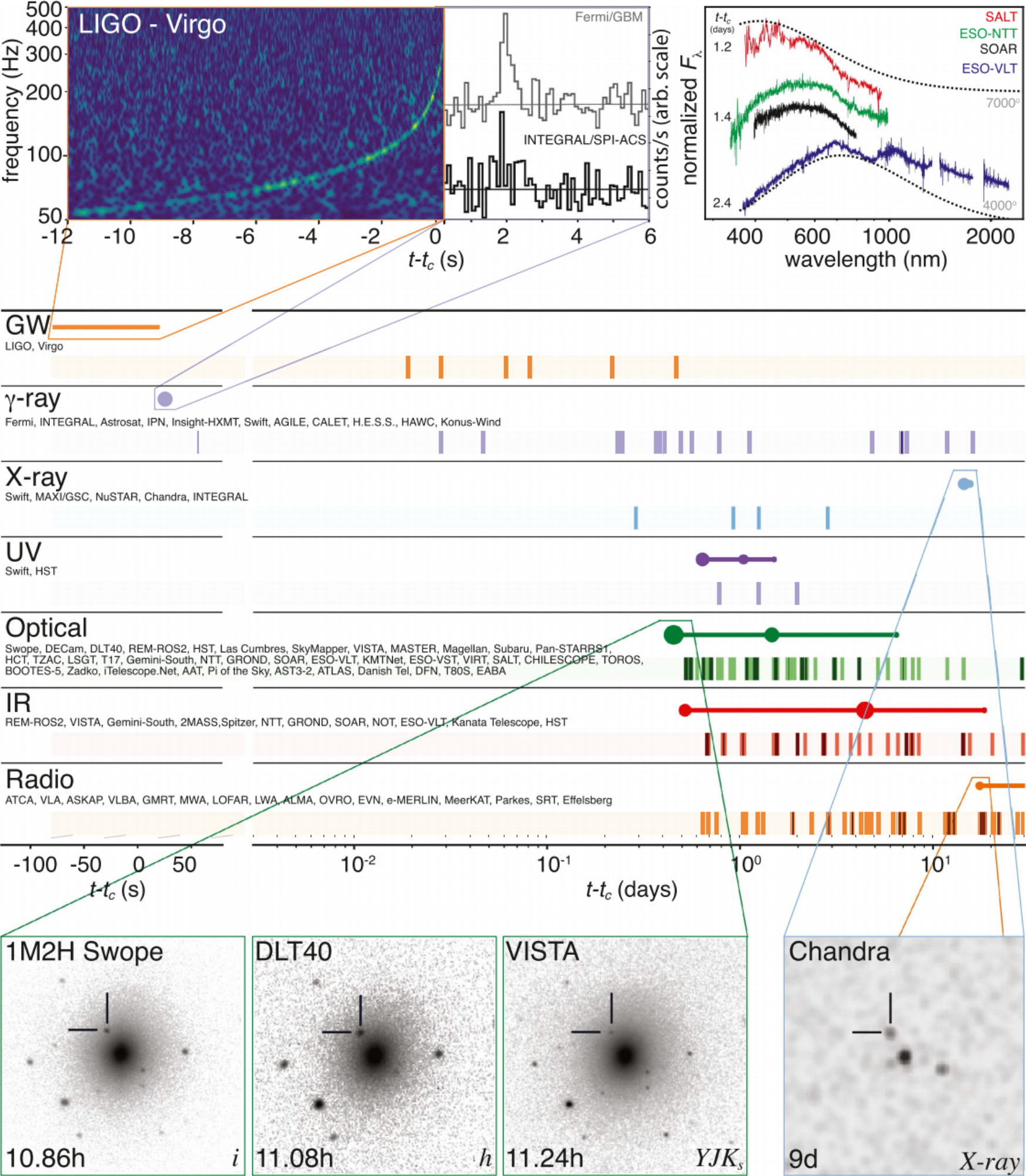
Neutron star merger and cosmology
- Photons arrived 1.7s later, after travelling
100 M ly
⇒ gravitational waves travel at the speed of light - Independent measurement of universe's expansion:
- Luminosity of gravitational waves → distance
- Telescopes observe host galaxy → velocity
What happened in the early universe? when the universe was optically opaque? to dark matter?
Source: arXiv:1205.2451
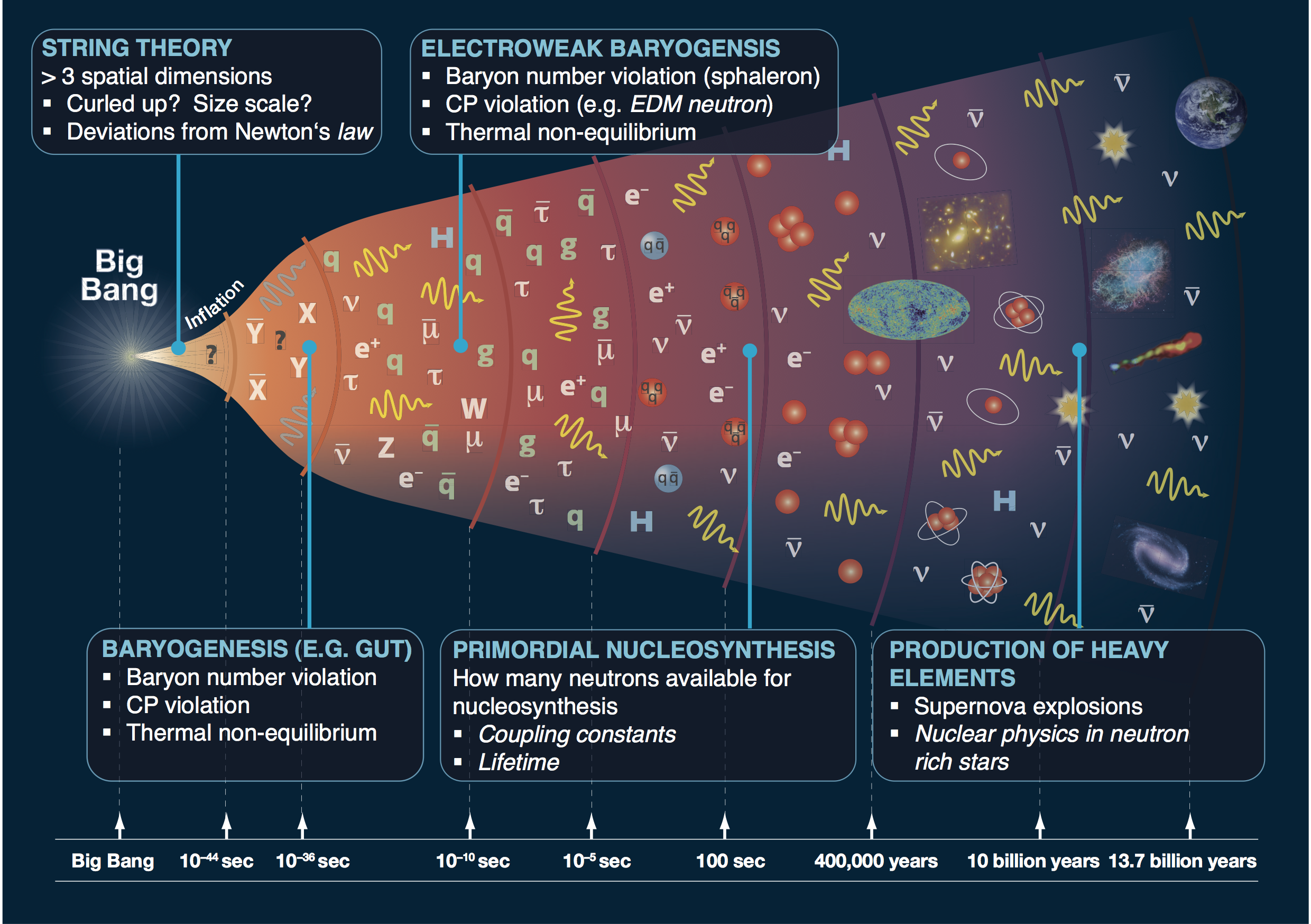
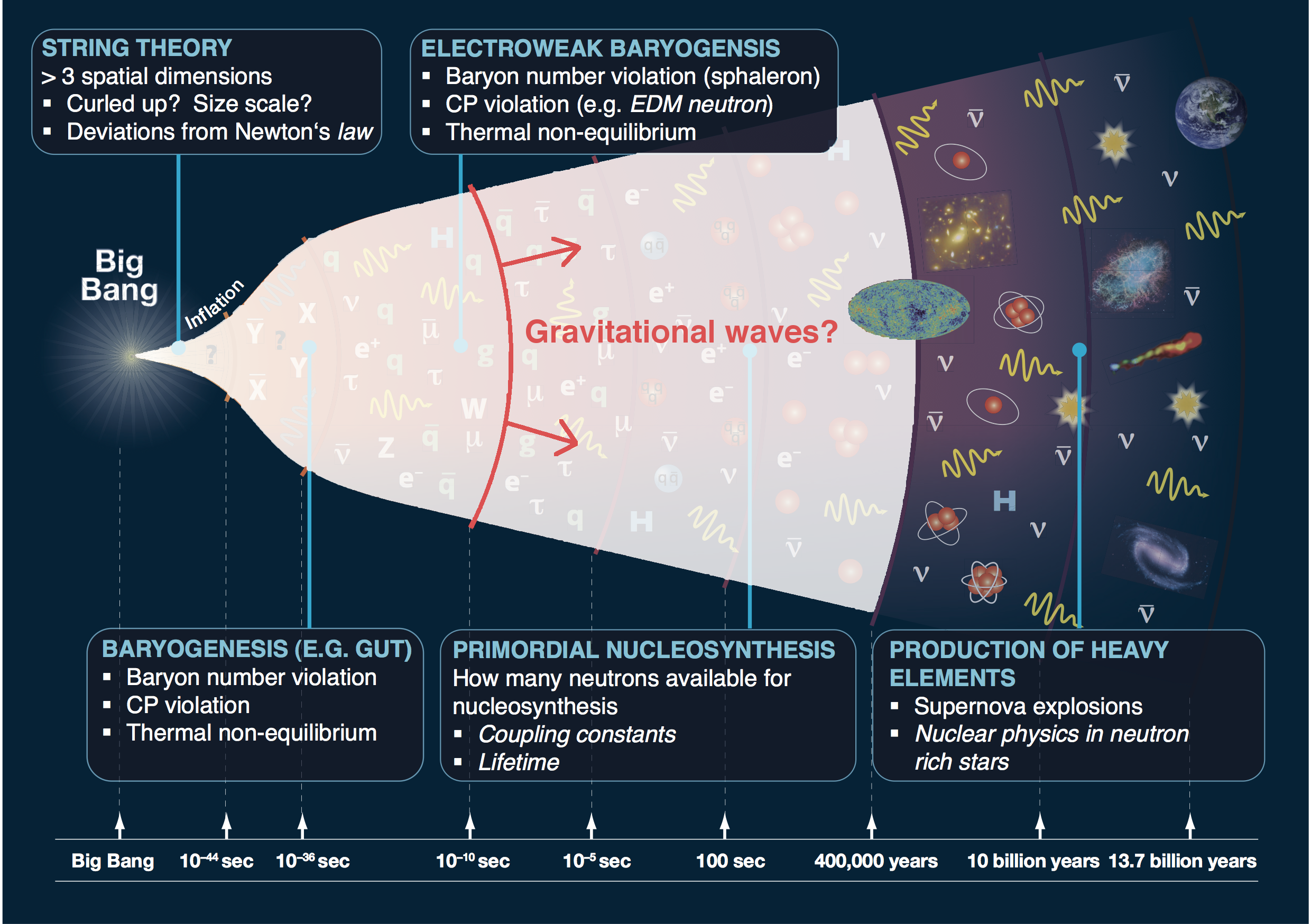
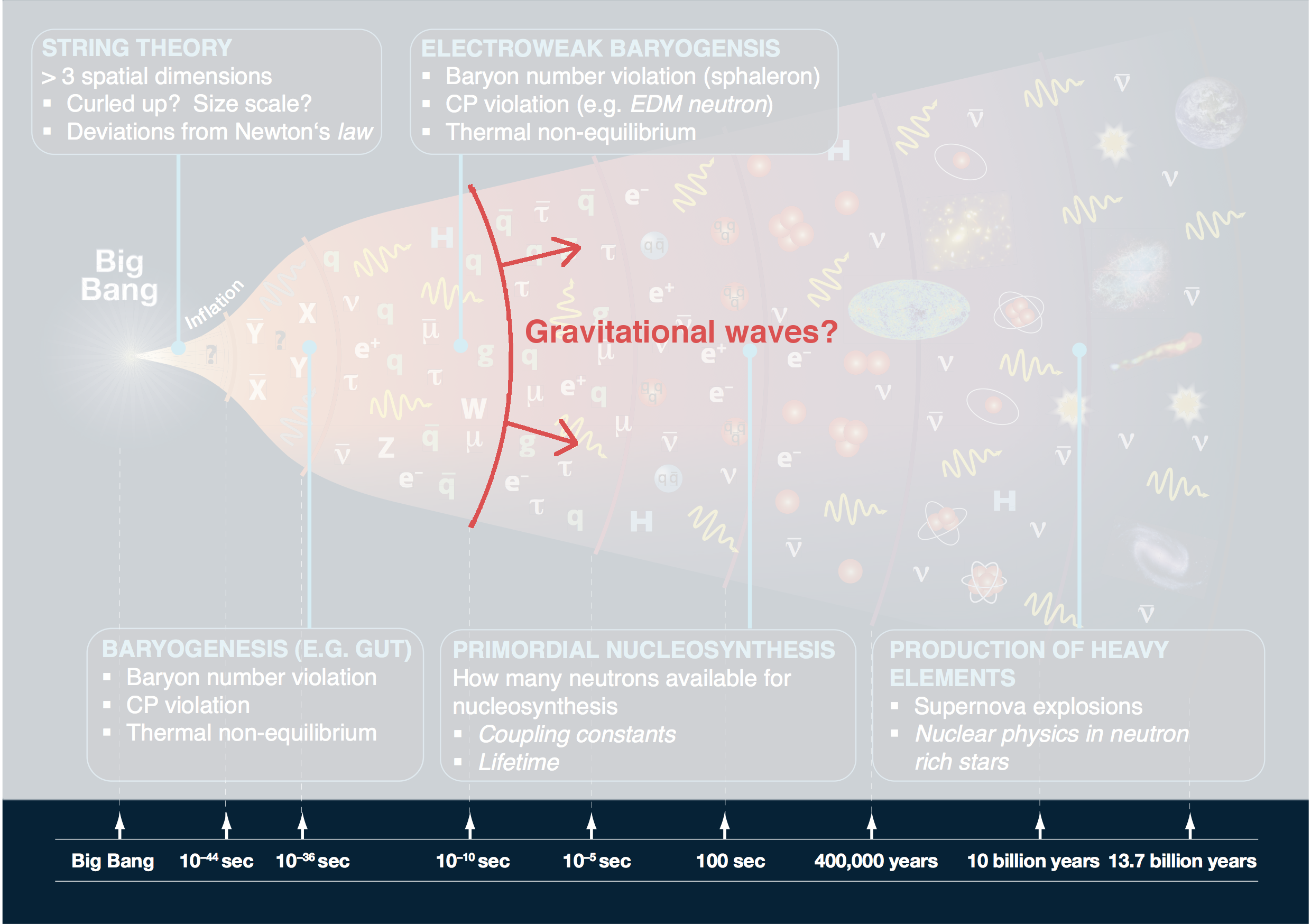
LISA mission
Need to study longer wavelengths, need to go to space!
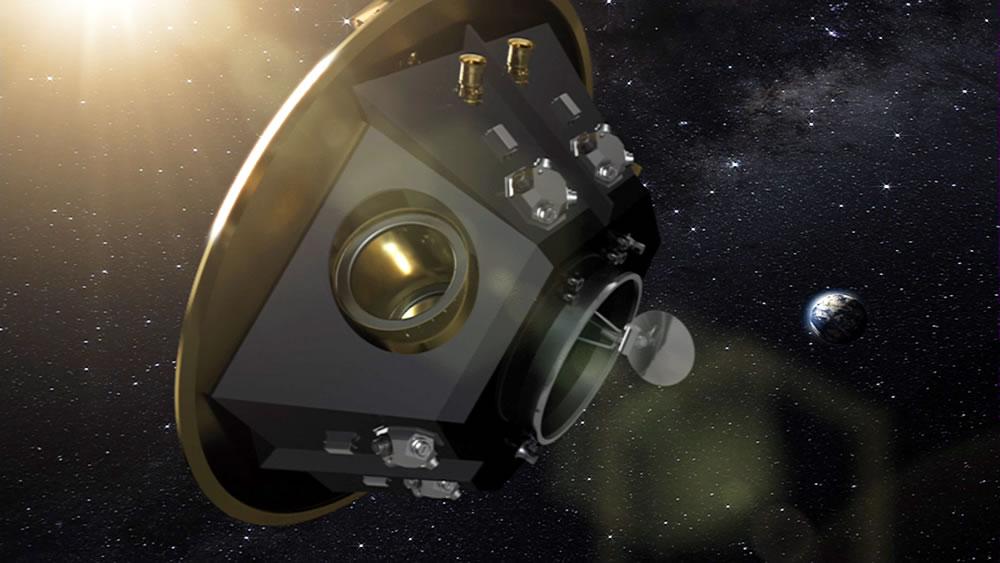
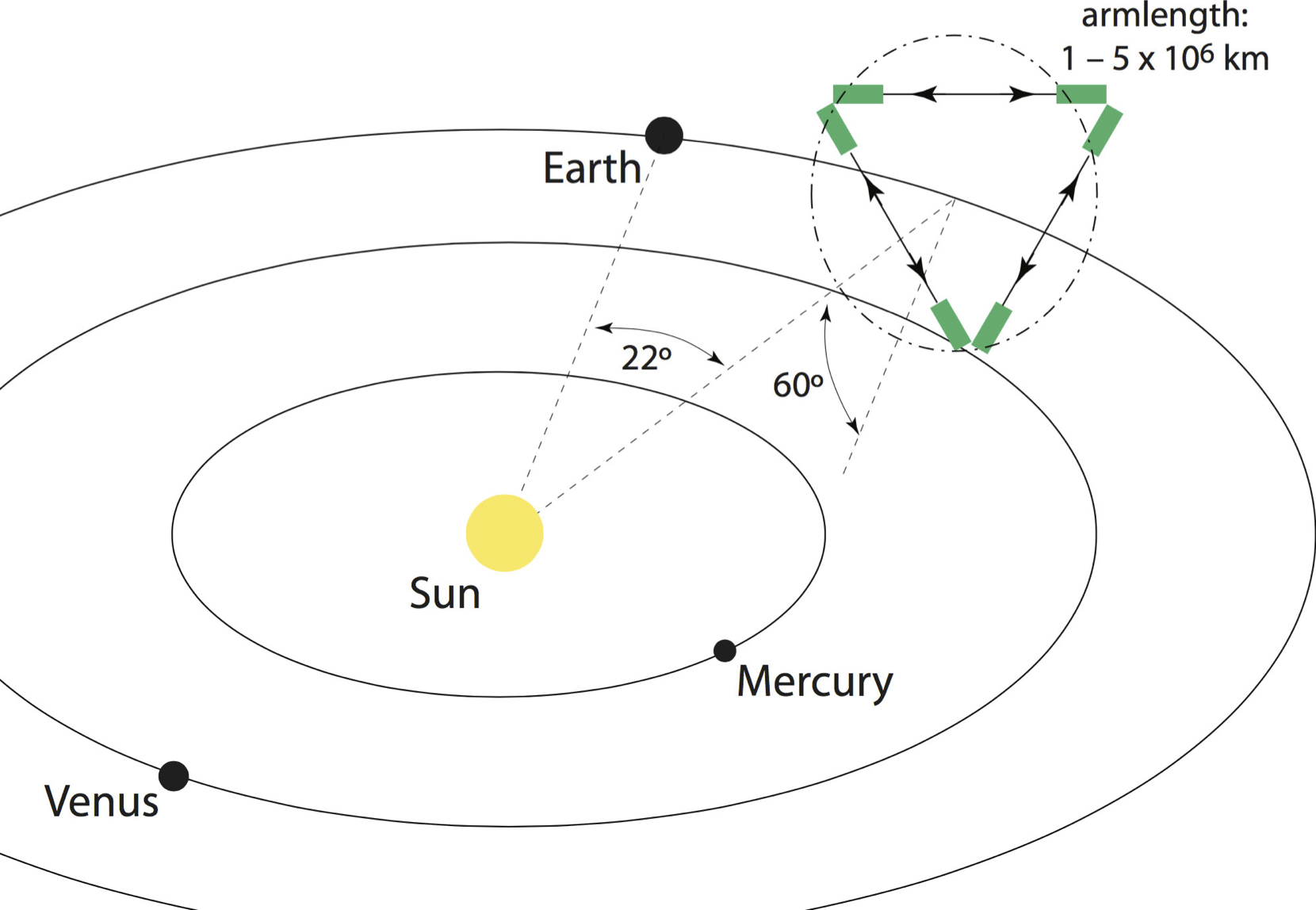
- Three arms (six lasers), 2.5 M km separation
- Launch mid-2030s as ESA L-class mission
Source: LISA Consortium.
LISA's orbit
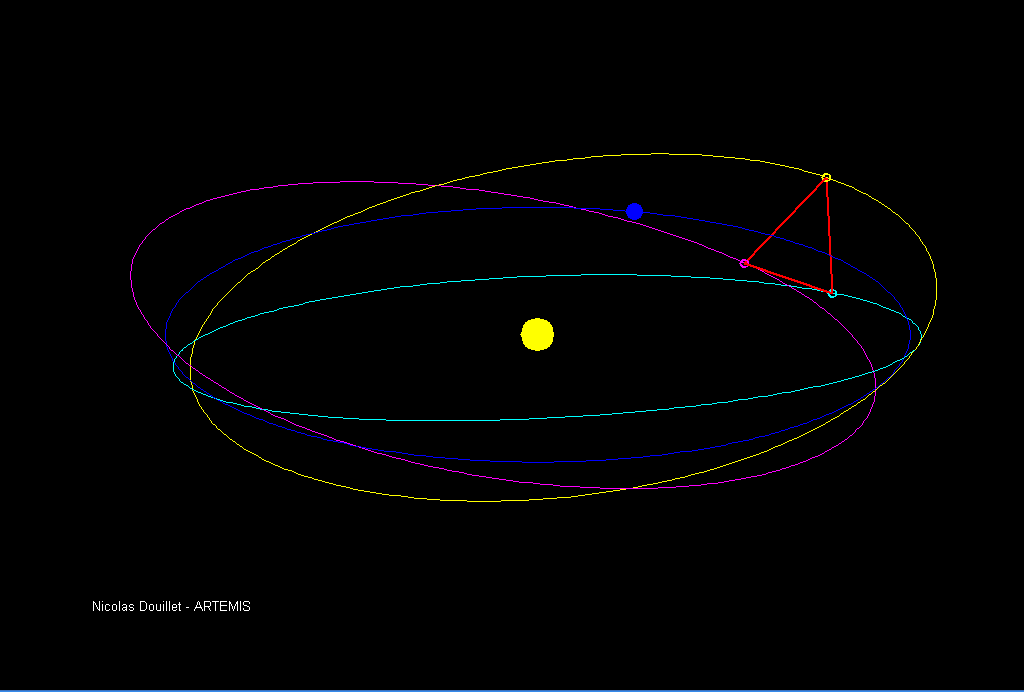
LISA: "Astrophysics" signals
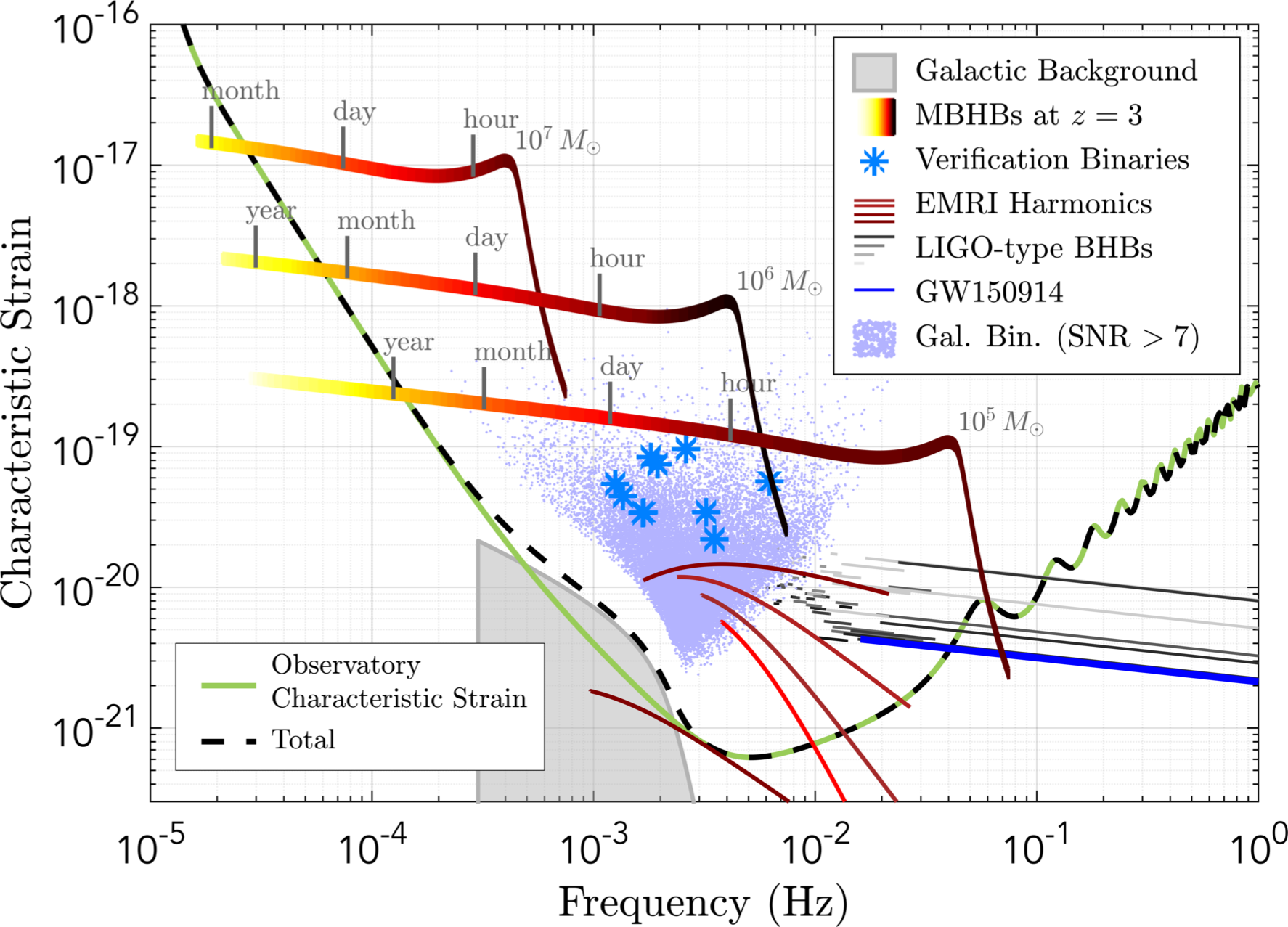
Source: arXiv:1702.00786
LISA: Stochastic background?
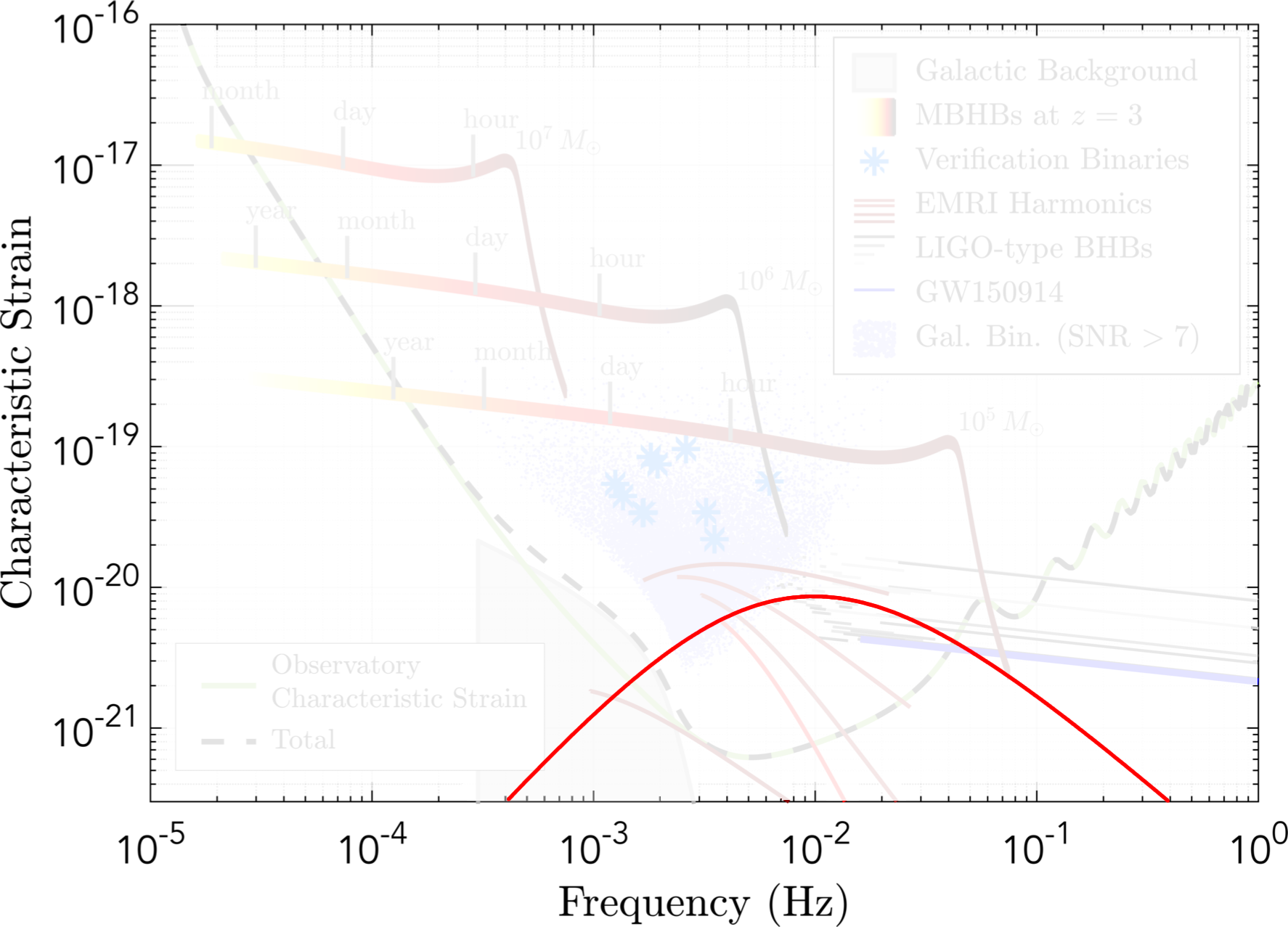
[qualitative curve, sketched on]
Higgs boson
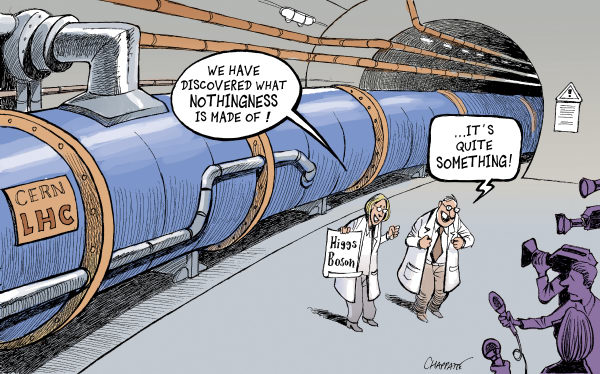
How did the Higgs get that way?
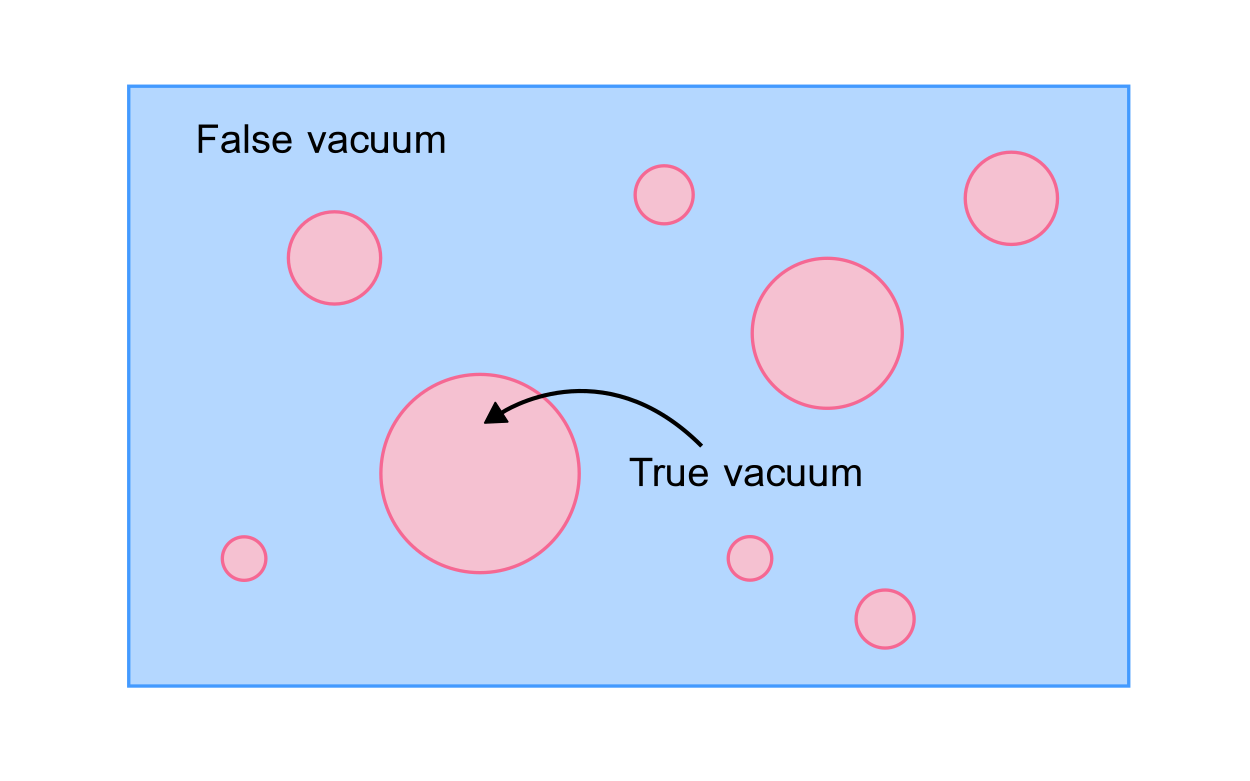
Source: Anna Kormu
How did the Higgs get that way?
Colliding bubbles + aftermath ➟ gravitational waves
To conclude: key points
-
Scale of the problem?
- Strains around $10^{-21}$
- Frequencies around 100 Hz (LIGO), 1 mHz (LISA)
-
Measurement devices?
- Michelson interferometers (LIGO etc.)
- Time delay interferometers (LISA etc.)
-
Unresolved questions
- Existence and amplitude of stochastic background
- Whether it can be detected, given foregrounds